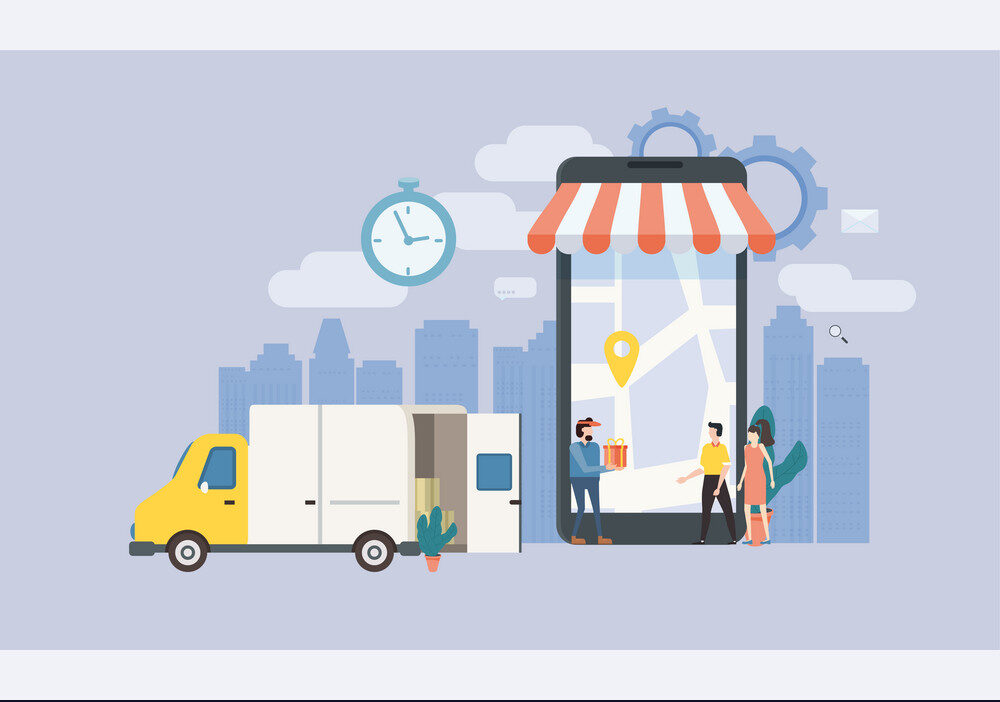Technology has turned the tables in the market around for good. Gone are the days we had to wait for a particular day of the week for our favorite television series to air. We’ve also come a long way from going out to dine once a week for Chinese food to ordering them whenever we want. And public transportation? What’s that?
The rise of technology has solved a number of everyday concerns with ease. We now have a better lifestyle and the liberty to live according to our wishes on a number of aspects. This revolution has been possible only because of the onset of the on-demand economy.
Explaining On-Demand Service: MVP Features
Before contacting on-demand app development company, it’s always better to create a list of features you’d like to see. But first you should define how many parties are going to use the platform.
For example, if you’re a developer, or someone who’s trying to become a product manager… making a taxi, beauty or household service app, two parties are involved – customers and service providers. And, as business owners must have full control over both the parties, admin panel is another need.
So let’s check what features an on-demand services app can’t be viable without – on all sides.
Customer App
Registration & profile management. Most apps allow signing in via email/phone & password combination or Google, Twitter or Facebook accounts.
Geolocation. Works for tracking the delivery or calculating the correct ETAs. Depending on the platform, geolocation can be either implemented on Google’s Location APIs (for Android devices) platform or Core Location framework (for iOS devices).
Notifications. Inform users about completed requests, payments, order updates, and so on. And push notices is probably the most convenient way of getting reminders and updates. Notifications are implemented via Google Cloud Messaging (Android) or Apple Push Notification Service (iOS). SMS notifications work for reaching out to customers/providers when their phones go offline.
Payments. In on-demand service apps, they heavily rely on security. Payment methods are added according to customers’ preferences and country of residence – you’ll need to make a research before adding PayPal, Dwolla or China UnionPay. For example, Uber lets users pay via card or cash, while Airbnb offers only cashless payments due to services’ specifics.
Feedback system helps customers to evaluate their experience with the company in the form of rates and reviews.
Help & support feature assists customers in case of any queries. It enhances customer service by solving their problems and works for the company’s reputation.
Service Provider App
Registration & profile management
Push notifications. They alert providers when a customer selects their product or service.
Accept & reject buttons. They allow service providers to accept or decline requests within a given period of time if something doesn’t work for them.
‘My earnings’ page. Service providers make money via the on-demand services app, so they must have a feature that tracks their earnings.
Online/offline button. If the service provider is ready to take orders, they go online in the system. But when their working day’s over and they decide not to go for another service, all to do is just toggle the offline button.
Administration App
Admin dashboard. The app will be incomplete if there’s no easy-to-use and customizable dashboard. It should be easy to navigate while monitoring both customers and service providers.
User management. Administrators should have access to information like users’ payments, charges for canceled orders, discounts, and so on. This way, they can solve any issue users may face twice as quickly.
Service provider management. As with customers, admins keep an eye on service providers too. They check their performance, rates, and motivate them to work better with bonuses or sanctions.
Change prices and fees. Many platforms raise prices when there’s a huge demand on their services. Via the admin panel, managers change the rates or set – higher or lower – commission charges.
Analytics & reporting. Shows how many orders are accepted, canceled and repeated, and if the business is doing well in general. It helps with developing new business ideas and avoiding pitfalls.
Wrapping Up
As you see, creating on-demand app is quite a complex process. There are lots of details to keep in mind – from choosing the field and working with the target audience to completing the list of MVP features.
Good advice in this case is priceless, especially from vendors that have worked on similar projects.
Hello, I am a professional writer, with more than 10 years of writing experience. I love to write on the science related subjects and share knowledge with my readers. I hope all my reader friends will enjoy my work.
